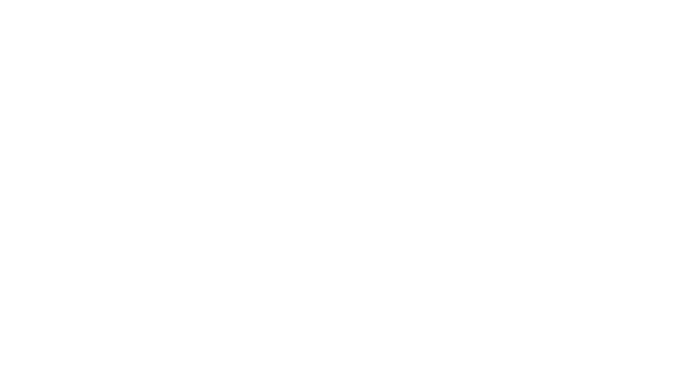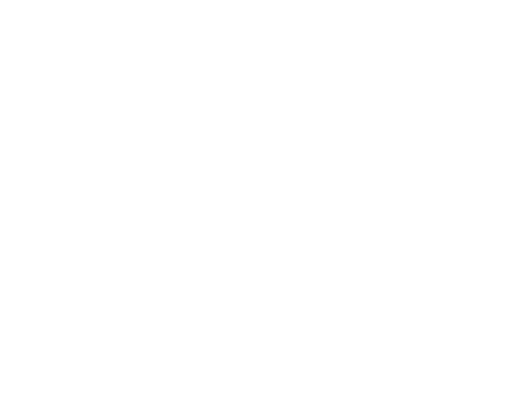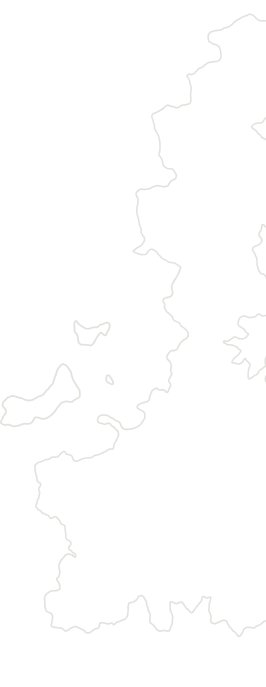
ABOUT
Is this trek for me?
The Trek is not easy. Its gradient is moderate to difficult. The trek is long and around 70 km, it has three passes and there are days when you will have to ascend a steep ridge and walk around more than 15 km for 7-8 days continuously. Every day you trek till afternoon to evening. It is best suited for experienced trekkers.
Experience
It should not be your first Himalayan trek as this trek invites experienced trekkers. It is beautiful as well as tiring on difficult terrains. If you have done high altitude Himalayan trekking, you are already prepared to enjoy the beauty of this dream trek or else you will be occupied with the tiredness, high altitude sickness, extreme harsh conditions of bad weather. In short each time you go in the Himalayas you come back with some new experiences and new list of essential things to make your next trek more comfortable…so, experience counts.
Why Safarnaama?
OUR WOW…WAY OF WORKING.
Safarnaama is in luxury trekking a good name in India is a leader in offering luxurious mountain hiking and first-rate services. The perfect combination of adventure and comfort, allows trekkers to indulge in the scenic beauty of the region while also enjoying comfortable accommodations and expert guidance. The luxury trek is a type of travel experience that combines the thrill of outdoor adventure with the comfort and amenities of high-end accommodations. It usually involves trekking through stunning natural landscapes, such as mountains, and forests while staying in luxury lodges or campsites that offer premium services and facilities.
The trek will be well planned, well led, and well-resourced with good quality food, transport, equipment, first aid and communications.
HOSPITABLE STAY AND MEALS
In Srinagar We will be staying at 5-star hotel. It is safe, clean, and well-staffed place to leave your clean town clothes and other gear when you are in the mountains. On this trek we have our own clean and spacious camp sites. We always try to camp away from the crowded site to a cozy solitude premises. Every client will have their own tent unless there are couples, or they wish to share the tent. Tents are all equipped with mattresses and a ground sheet for preventing cold.
With our mountain kitchen our professional mountain chef prepares three-time meals a day (Breakfast, Lunch, Dinner). They are well trained & educated of hygienic, healthy as well as the delicious taste variety and have experience and knowledge to cook different dishes from continental, Indian, Chinese, and Italian cuisine and all are prepared to high-end hygiene standards to keep you healthy, though the way cooking is typical, but the taste is a matter of passion. If someone prefers to have pure Himalayan food will be served during the treks. Himalayan food include Daal (pulses) bhaat (rice) sabji (dried vegetables curry) is the special one.
Best time to do it
For KGL from July to early September is the best time. While it rains incessantly in the rest of the country, Kashmir Great Lakes trek (KGL) remains comparatively dry and suitable for trekking. Although it is a peak monsoon season in the rest of the country, Kashmir receives scanty rainfall as it falls under the rain-shadow region. July to September is when the trekking season opens in Kashmir. These months are the best for witnessing the glorious beauty of Kashmir Valley. By July, the winter snow at the higher campsites recedes, and valleys along the trail transform into flower-laden meadows. The wildflowers in the campsites are in full bloom, making KGL a memorable experience. July is the best time for Kashmir Great Lakes trek to witness its magical beauty.
Currency
The unit of the Indian Currency is Rupee. One Indian Rupee is made up of 100 paisa. Indian Rupee notes come in Rs. 1, 2, 5, 10, 20, 50, 100, 200 and 500. Coins come in paisa 5,10, 20, 25, 50 Rs. 1, 2, 5, 10 denominations. Paisa coins are not currently used for common transactions. Foreign currency, and traveller cheques, can easily be exchanged at banks or authorized agents. In city banks have money exchange counters, which are quick and convenient. MasterCard, Visa and American Express are accepted at all major Hotels, Travel Agencies, Restaurants and Stores. Only the first two though, are currently accepted at banks for money advances. As from 1997 ATM services are available in India, last ATM will be available in big settlements. Advisable is not to depend on the remote area’s ATM service. Online payment also available in the areas have internet. In the cities, and specially while trekking, change for Rs500 bills is not easily available. Banks are open between 10:00 A.M. to 2:30 p.m., Monday to Saturday. Closed on 2nd and 4th Saturdays and national holidays.
Insurance policy
We recommend cancellation insurance to protect your investment. We require participants to have travel insurance that covers medical expenses, Chopper evacuation and repatriation. Please ensure that your chosen policy provides cover for the activities (trekking and mountaineering with ropes and guides) and in the localities in which you will travel (India, to elevations up to 4,000m/13,000ft above sea level).
You may already have your own policy but if not, you will need to put something in place. Your nationality will determine what options are available to you to cover this trip. For example, the British and New Zealand Mountaineering Clubs provide cover for locals; Australians can look into Insure for less with the appropriate extensions to the standard policy. Whatever policy you take out, you must ensure that is covers the activities you will undertake on this trip.
High altitude sickness and evacuation
Most of our adventures in the Himalaya take us to remote regions of high altitude. We always take our time to acclimatize properly, and we allow for additional days to get reenergised and fit. While most people may experience minor ill effects from high altitudes, there are some who have persistent symptoms, which require return to a lower altitude or emergency evacuation.
All clients are required to have travel insurance covering emergency rescue, usually by helicopter. We must stress that this kind of evacuation occurs in a life-or-death situation only. Rest/descent or both to a lower altitude are the best remedies for most illnesses experienced in the high altitude, usually none of them found out lower than 4000 meters. Circumstances differ, and the tour leader about treatment and itinerary will evaluate each situation. Considering the ill person condition, if helicopter evacuation required then just co-ordinate with your tour leader, he can talk to us, we will arrange the fastest evacuation system immediately. We will work with you to accommodate your needs and requests to the best of our ability. There are small, limited health clinics in some areas, hours of operation dependent upon the season. Additional costs incurred in cases of illness are not the responsibility of organisers or will be charged as extra cost.
Questions & Answers
My friend would like to visit but isn’t really interested to walk.
I don’t have much time; can’t we make it quicker?
What about altitude sickness?
What if I get sick or have an accident?
Who will be responsible for my safety?
What’s the food like?
Are the guided treks worth?
What Kind of people trek along?
What fitness level I need to be in?
What gear is provided?
INCLUSIONS
- Trekking Permit
- Conservation/national park fees and all government taxes.
- 2 Nights twin sharing hotel accommodation in base cities at 5star on BB basis
- Transportation Delhi/Dehradun to Delhi Dehradun
- All airport/hotel/airport drop by private car/van.
- An experience Guide (s)
- Trained Chef and kitchen boy (s),
- Necessary number of porters.
- All camping gears.
- Best quality tent with sleeping mattress
- Safarnaama Adventure Klub’s sleeping bags with inner liner, if required
- Safarnaama Adventure Klub’s down jacket, if required.
- All necessary kitchen equipment and kitchen tent.
- Group dinning tent with chairs and table
- Toilet tent and shower tent
- Best quality food & drinks (tea/coffee/chocolate, breakfast, lunch, dinner) during the trek
- Gamo bag/Oxygen with mask and regulator for emergency purpose.
- First aid box and Water purification tablets.
- Half-day sightseeing.
- Cultural dinner.
EXCLUSIONS
- Medical and personal high-risk insurance
- Major meals in Delhi/Dehradun
- Cost of emergency evacuation
- Personal trekking Clothing & gears
- Tips to the local staffs.
- Tips to staff.
Get in touch
ITINERARY
Expand allCollapse allDAY 1
PICKUP FROM SRINAGAR AIRPORT
STAY IN HOTEL AT SRINAGAR | EXPLORE CITY| Altitude: 5,200 ft.
DAY 2
DRIVE FROM SRINAGAR TO SONAMARG
Drive Distance: 90 km | Drive Duration: 3 hours | Altitude gain: 5,200 ft to 8,960 ft
DAY 3
SONAMARG TO NICHNAI
Trek distance: 11 km | Trek Duration: 7-8 hours | Altitude gain: 8,960 ft to 11,500 ft
DAY 4
NICHNAI TO VISHANSAR LAKE VIA NICHNAI PASS (13500 ft)
Trek distance: 12 km | Trek Duration: 7-8 hours | Altitude gain: 11,500 ft to 12,000 ft
DAY 5
ACCLIMATIZATION/CONTINGENCY DAY
DAY 6
VISHANSAR LAKE TO GADSAR LAKE VIA GADSAR PASS (13,700 ft)
Trek distance: 14 km | Trek Duration: 9-10 hours | Altitude loss: 12,000 ft to 11,800 ft
DAY 7
GADSAR LAKE TO SATSAR LAKE
Trek distance: 12 km | Trek Duration: 8 hours | Altitude gain: 11,800 ft to 11,840 ft
DAY 8
SATSAR LAKE TO GANGABAL TWIN LAKE VIA ZAJ PASS (13,000 ft)
Trek distance: 11 km | Trek Duration: 7-8 hours | Altitude loss: 11,840 ft to 11,730 ft
DAY 9
GANGABAL LAKE TO NARANAG AND DRIVE TO SRINAGAR
Trek distance: 11 km | Trek Duration: 7-8 hours | Altitude loss: 11,730 ft to 7,500 ft
Drive Distance: 70 km | Drive Duration: 2.5 hours | Altitude loss: 7,500 ft to 5,200 ft
STAY IN HOTEL AT SRINAGAR | EXPLORE CITY|
DAY 10
DROP AT SRINAGAR AIRPORT
NOTE: THE ITINERARY IS SUBJECT TO WEATHER CONDITION.



